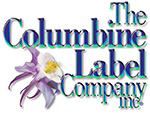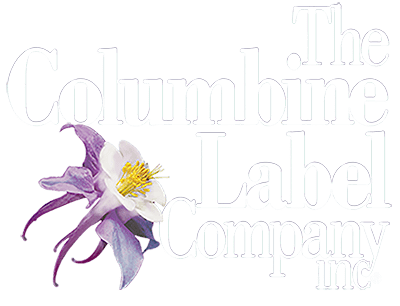Proper labeling is an important aspect of marketing a cosmetic or personal care product. Labeling is used to help inform consumers of a product’s intended use and any related warnings, its ingredients and the net quantity of contents, and its place of manufacture or distribution. The law does not require cosmetic products and ingredients, other than color additives, to have US Food and Drug Administration (FDA) approval before they go to the market, but there are laws and regulations that apply to cosmetic label printing in interstate commerce. Here are must-have fields on custom cosmetic product labels that you should know.
The Principal Display Panel
A label may consist of more than one panel. It may consist of a front panel, side panels, and a back panel. Back and side panels are generally called information panels. The FP&L Act also defines for consumer commodities, or packages containing a consumer commodity, the term “principal display panel,” otherwise known for short as PDP. The “principal display panel” is that part of a panel that is most likely to be shown or examined under customary conditions of display for retail sale. Usually, it is the front panel of the label of the outer package.
- Identity Statement: Indicate the nature and use of a product through a name or an illustration that can be understood by the public.
- Net quantity: An accurate statement of the net quantity of contents, in terms of weight, measure, numerical count, or a combination of numerical count and weight or measure
- Warning: These must be prominent and conspicuous. The FD&C Act and related regulations specify warning and cautioning statements related to specific products. In addition, cosmetics that may be hazardous to consumers must bear appropriate label warnings. Flammable cosmetics such as aerosols are an example of products that require specific warnings.
Other Labelling Regulatory Requirements by the FDA
Here are other FDA labeling regulatory requirements for cosmetic products that should appear on the information panel:
Name and place of business
Include the street address, city, state, and ZIP code for the manufacturer, packer, or distributor.
Language
All label or labeling statements are required by law or regulation to be in the English language. Products distributed solely in Puerto Rico, or a territory where the predominant language is one other than English, may state the required label information in the predominant language in place of English.
Distributor statement
The distributor statement must say “Manufactured for…” or “Distributed by…,” or similar wording if the name and address are not those of the manufacturer.
Cosmetic Warning and Caution Statements
Cosmetics that may be hazardous to consumers when misused must bear appropriate label warnings and adequate directions for safe use. Flammable cosmetics such as aerosols, feminine deodorant sprays, and children’s bubble bath products are an example of products that require specific warnings.
Cosmetic Ingredients
Under the Fair Packaging and Labeling Act (FPLA), ingredients must be listed by their “common or usual names.” The FDA Regulation prescribes the nomenclature for identifying ingredients in the label declaration. The Regulation lists several sources for identifying the appropriate name for an ingredient, and the sources must be consulted in the order in which they appear in the Regulation.
The first source to consult is Section 701.30 of the FPLA, which is the Regulation that contains the particular names established by the FDA. Remaining sources are identified in Section 701.3(c) (2). Many of these sources may reflect the names given to these chemical compounds by the industry lead group, the International Nomenclature for Cosmetic Ingredients (INCI). The FDA does not accept the use of terms from other languages, such as Latin names for the labeling of botanical ingredients or the use or the use of “aqua” instead of “water.” The FDA does, however, allow for these terms to be used in parentheses following the common or usual name in English. “Fragrance” or “flavor” may be declared as such.
Material facts
Failure to reveal material facts is one form of misleading labeling and therefore makes a product misbranded. For example, there should be directions for safe use if a cosmetic product has the potential to be misused.
At The Columbine Label Company, we help to improve your products with high-quality and responsibly sourced materials, which are printed to exceptional standards. Want to learn more about our cosmetic label printing services? Contact us to get started.


